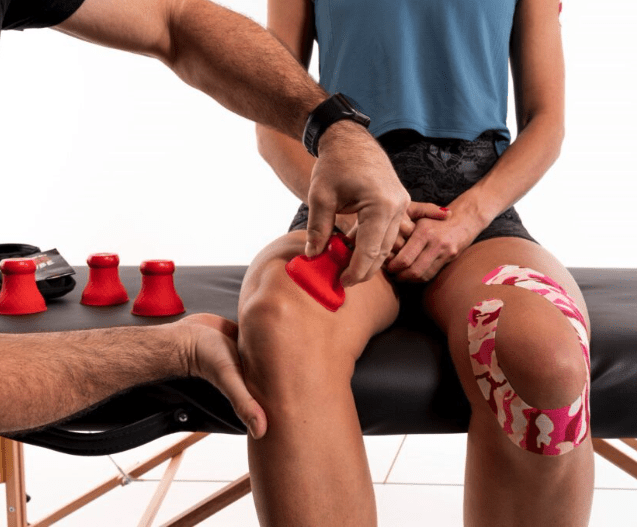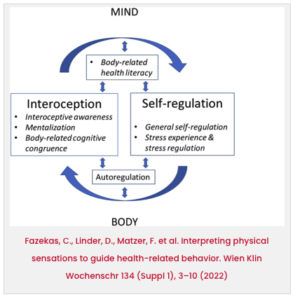Chronic pain is a multifaceted phenomenon that not only impacts our physical well-being but also influences our perceptions and experiences. While traditional approaches to pain management often focus solely on addressing biological factors (the tissues), emerging research suggests that somatic interventions, such as traditional hands on therapy, instrument-assisted myofascial tools, cupping therapy, and kinesiology tape offer unique opportunities to reshape our perception of pain and promote self-regulation.
The Controversy
There is quite a bit of controversy with respect to the use of these tools in the physical medicine community, some indicating that it leads to over reliance on the therapist performing the intervention and others suggesting it has provided significant outcomes when all other measures have failed. Where do we go from here? Over the past few years, more and more research is unveiling a better understanding of the mechanisms (including their neurological impact) and their respective benefits, including pain management. For example, kinesiology tape with its unique elastic properties, has been shown to provide a non-noxious, safe stimulus that engages mechanoreceptors in the skin, sending signals to the brain that can modulate pain perception. Similarly, instrument-assisted myofascial tools and cupping therapy also stimulate mechanoreceptors within the skin and fascia, creating a novel sensory experience that can influence how we perceive pain. But there is more…
More than the Tissues
These interventions are more than just mechanical tools; I am going to argue that they act as gateways to changing our perception of pain. Our brains are predictive machines, constantly making sense of incoming sensory information to create our subjective experience of the world. By providing the brain with new and novel, non-noxious stimuli through somatic interventions coupled with intentional curiosity we can influence its predictive process and reshape our experience of pain.
At the heart of this paradigm shift lies the concept of interoception – our body’s ability to perceive and interpret internal sensations. Dysfunction in interoceptive processing has been implicated in chronic pain conditions, highlighting the importance of targeting this aspect of pain perception.
Curiosity for the Win
Moreover, somatic experiences, coupled with self-awareness (interoception), can create what neuroscientist Dr. Anil Seth calls an “internal ally” – a heightened sense of connection and understanding between mind and body. By fostering this internal ally through techniques like kinesiology tape and instrument-assisted therapy, individuals can develop greater resilience and agency in managing their pain.
Movement Matters
Incorporating movement therapy into this holistic approach further enhances our ability to regulate pain perception. Mindful movement practices promote body awareness and interoceptive awareness, reinforcing the connection between physical sensations and emotional states.
As we continue to explore the intricate interplay between the mind, body, and environment in chronic pain, embracing somatic interventions offers a promising avenue for relief and transformation. By leveraging techniques that target interoception (Psychosomatic competence model (PSC model) – Fazekas et al.) and reshape our perception of pain, we can empower individuals to reclaim control over their well-being and cultivate a deeper sense of harmony within themselves.
Integrated Manual Therapy Approach
The integration of this updated model of somatic interventions into chronic pain management represents a bold step forward in our understanding and treatment of pain. By harnessing the power of novel and safe touch to influence our perception and cultivate an internal ally, we can pave the way for a future where individuals can live more fully and vibrantly, free from the constraints of chronic pain.


